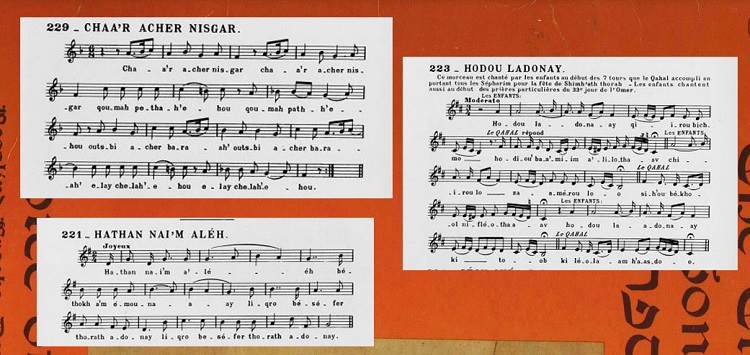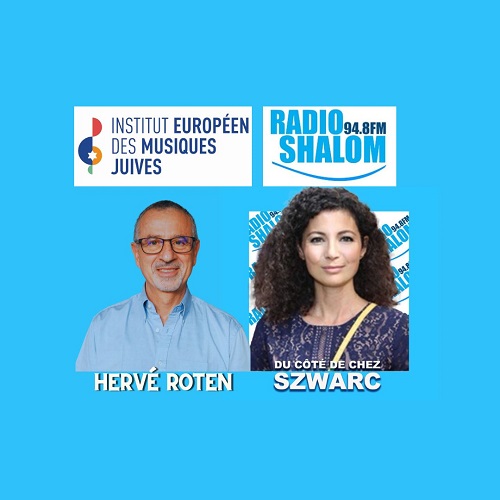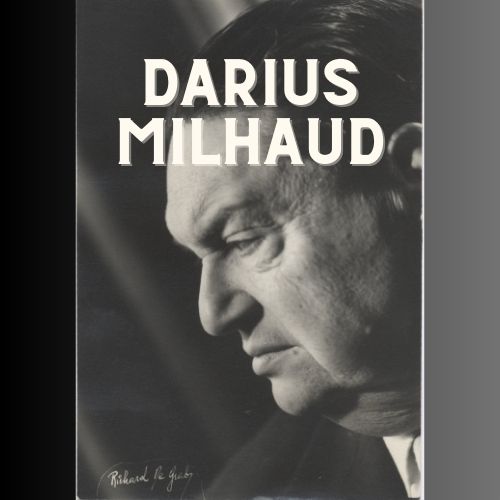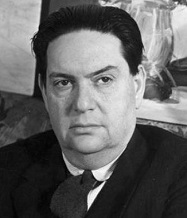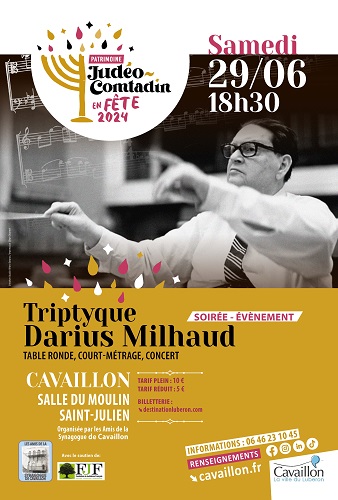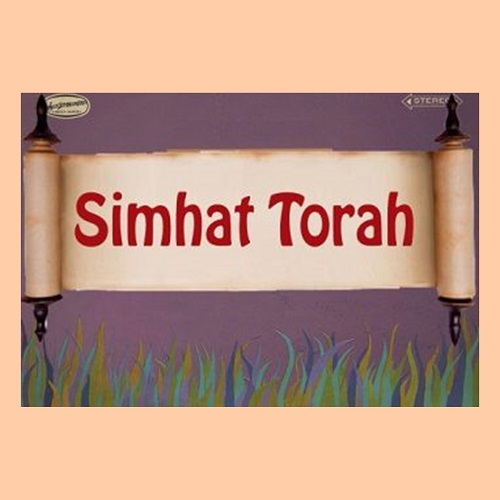
Celebrated on the 23rd of the month Tishri (on the 22nd in Israel, this ceremony takes place at the same time as Chemini atseret), Simhat Torah (in Hebrew “joy of the Torah”), is a celebration of rabbinic origin that marks the end of the year-long cycle of the weekly readings of the Torah.
This celebration is mentioned neither in the Torah neither in the Talmud, and we can think that this celebration was unknown before the time of the geonim (IXth century), that started the yearly cycle of the Reading of the Law. Earlier, the reading of the Torah in Israel followed a three-year cycle, (the Torah was divided in 154 reading sections, 167 or 141).
It seems that Simhat Torah was celebrated since the Middle-Ages, without the usual restrictions of the celebration days. Therefore, it was allowed to light candles in some communities, and furthermore to express joy by singing and dancing inside the synagogues.
Simhat Torah is therefore a happy holiday (yes, this exist in Judaism!) that follows the terrible days (yamim noraim). This fervor and joy that marks the end of the solemn celebrations of Tishri, is expressed particularly in the tradition of the hakafot: each Torah scroll is taken out of the holy arch and carried by the worshippers who turn seven times around the bimah (the reading platform) in a joyous procession. Each procession is separated by different songs and dances, where the other worshippers join the Torah bearers, in an atmosphere of joy and religious enthusiasm.
On the next morning, the worshippers read the last chapter of the Pentateuch. The last section is reserved to someone who the community wishes to honor. He is called hatan Torah (groom of the Torah). After this solemn reading of the conclusion of the Torah, a second scroll is opened in order to immediately start the new cycle of the new year « Berechit bara Elohim et hachamayim ve’et haarets ». This is why the person who reads this first section of Genesis is called hatan Berechit.
In Israel, it is traditional to organize the “second” hakafot during the night that follows Simhat Torah, outside the synagogues. At that occasion, the processions are often accompanied with orchestras and choirs. By the Hassidim, Simhat Torah is also the occasion for intense festivities where music and dance (often circle dances which represent the perpetual renewal) are omnipresent.
Listen to the playlist Simchat Torah, 2nd part
